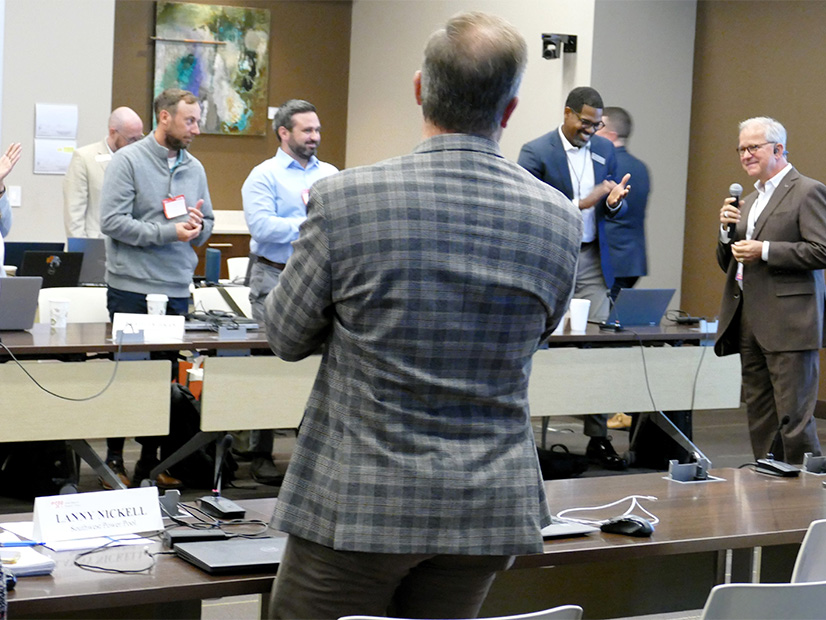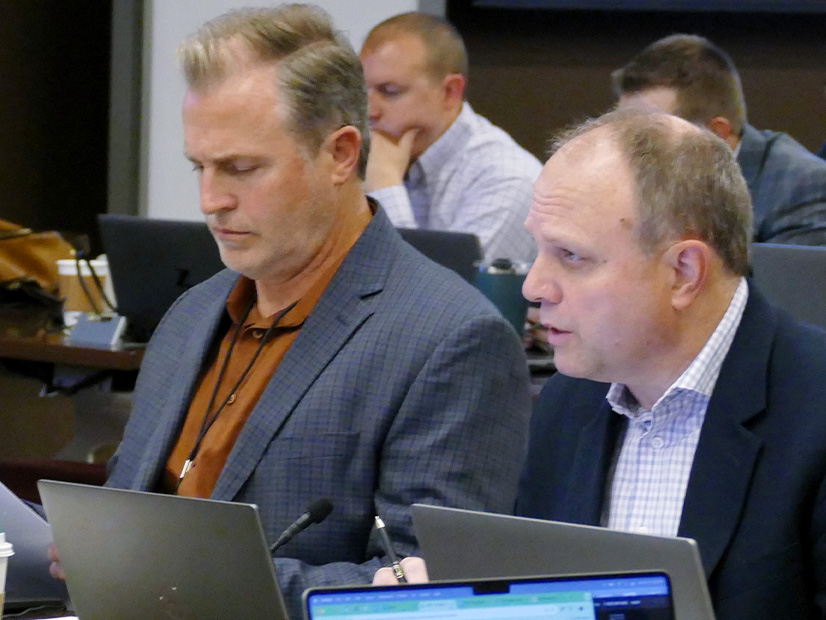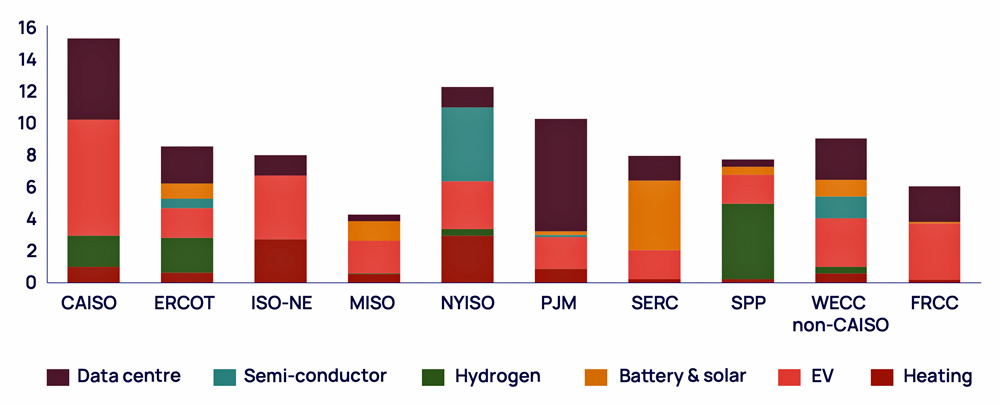Barely three months after it was launched, New York’s fifth offshore wind solicitation has its first casualty: Attentive Energy has withdrawn the 1,275-MW proposal it submitted this summer.
Attentive said it remained committed to offshore wind and to helping the region meet the environmental and economic goals that offshore wind is expected to benefit.
New York’s fifth solicitation (NY5) has turned into a near-repeat of NY3. (See NY OSW: If at First You Don’t Succeed, Try, Try Again.)
Attentive, Community Offshore Wind and Vineyard Offshore’s Excelsior Wind were awarded contingent contracts in NY3, but NY3 was canceled in April when GE Vernova halted development of the turbine that was key to those contracts. (See NY Offshore Wind Plans Implode Again.)
NY5 opened in July. The same three developers submitted proposals again, along with a new entrant: Ørsted’s Long Island Wind.
Their deadline to submit offer pricing for the combined 25 proposals was Oct. 18. On that date, Attentive withdrew its four proposals.
The New York State Energy Research and Development Authority expects to notify the three remaining bidders of contingent awards by Nov. 8 but will not disclose details publicly until the contracts are finalized, likely in the first quarter of 2025.
Attentive is a joint venture of TotalEnergies, Rise Light & Power and Corio Generation.
In a prepared statement Oct. 21, it said: “Attentive Energy commends the state’s steadfast support of offshore wind and will continue to evaluate market conditions and future opportunities as they arise.”
Attentive’s lease area is closer to New Jersey than to New York. It won a contract in NJ3 and has submitted a bid in NJ4. (See NJ Awards Contracts for 3.7 GW of OSW Projects and 3 OSW Proposals Submitted to NJ.)
In other offshore wind news along the East Coast:
No Federal Grant for Maine Port
The state of Maine did not get the $456 million U.S. Department of Transportation grant it sought to help build a port to support the floating offshore wind industry.
The state hopes to grow into a leader in floating wind, which relies on still-expensive and immature technology, but which is poised for growth, as most offshore areas are too deep for fixed-bottom turbines.
The first-ever Gulf of Maine wind lease auction is scheduled Oct. 29.
DOT on Oct. 21 announced 44 grants totaling more than $4.2 billion through the Bipartisan Infrastructure law. Among them were 18 large port projects, but Maine’s was not among them.
In a prepared statement, MaineDOT Commissioner Bruce Van Note responded:
“We knew the grant program would be extremely competitive and that our application was ambitious. We believe the result is a reflection of the fiercely competitive nature of this program and that it does not reflect, or undermine, the widely recognized need for this port, the strong merit of Maine’s plan, or the vast economic and environmental benefits associated with port development.”
Van Note added that the state still is awaiting word on another, smaller grant that would help cover the cost of designing and permitting the port.
The port has other hurdles to clear: The state’s preferred site is an island that is a nature preserve. (See Maine Chooses Nature Preserve for Floating Wind Port.)
Preservationists have vowed to fight the plan, and they have a long track record of successfully beating back other development proposals.
Cables for Leading Light
Hellenic Cables announced it has reached an agreement to supply 132-kV inter-array cables for the Leading Light Wind proposal off the New Jersey coast.
The Garden State chose the Leading Light plan for a contract in January as part of NJ3.
At 2,400 MW, it is one of the largest wind farm plans yet announced off the U.S. coast, but developers have run into a problem they must solve before they can put Hellenic’s 65 kilometers of submarine cable to use: They need wind turbine generators with a combination of output and cost that will render the project economically viable.
The New Jersey Board of Public Utilities in September granted the developer more time to shop for turbines, lest the project become financially untenable under terms negotiated with the state — the same fate that doomed many of the now-canceled contracts along the Northeast coast. (See New Jersey BPU Approves Invenergy Offshore Wind Delay.)
Leading Light Wind is a rarity in the still-young U.S. offshore wind industry — it is led by two American companies, Invenergy and energyRE.
A commercial and industrial ecosystem to support offshore wind energy development is growing in the United States, but the sector still has a heavy European component at this stage.
To wit: Fulgor will manufacture the cables in Corinth, Greece. Fulgor is a subsidiary of Hellenic Cables, headquartered in Athens. Hellenic is a subsidiary of Cenergy Holdings, based in Brussels. Cenergy is a subsidiary of Viohalco, originally of Greece but now of Brussels.




